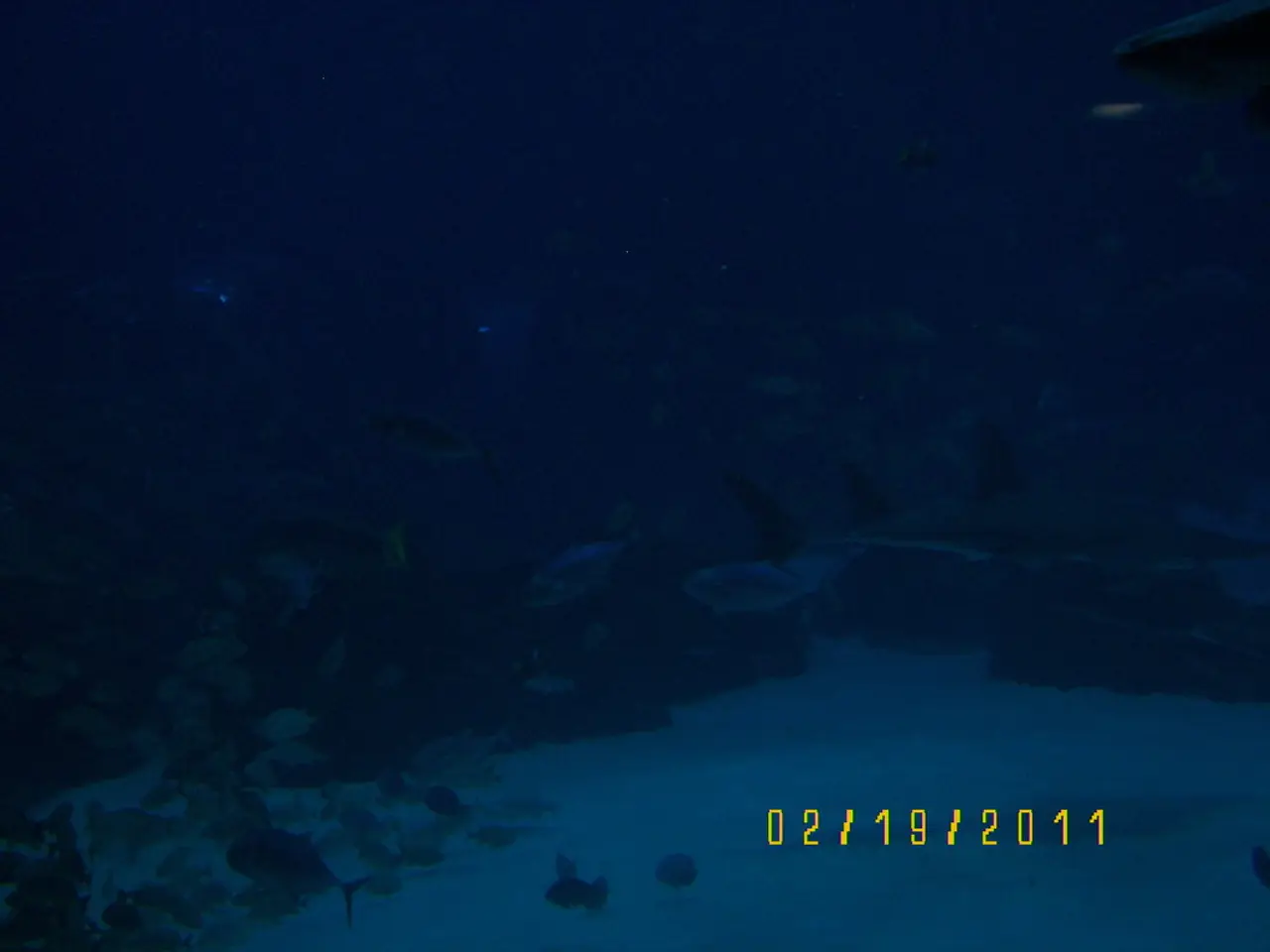Waterways within the United States jurisdiction
The U.S. Environmental Protection Agency (EPA) and the Department of the Army have made significant changes to the definition of 'Waters of the United States' (WOTUS) following the Supreme Court's decision in the case of Sackett v. EPA, which was handed down on May 25, 2023.
On August 29, 2023, a final rule was issued, amending the January 2023 WOTUS definition to conform with the Supreme Court's decision. This amendment aimed to narrow the scope of waters protected under the Clean Water Act by requiring a "continuous surface connection" to relatively permanent, navigable waters, excluding many wetlands connected only by underground or intermittent streams.
The Sackett ruling significantly reduced federal protections for about 60% of wetlands, particularly impacting the western U.S., as many wetlands lost coverage under the revised definition due to the lack of the continuous surface connection required by the Court.
After the amendment, the Biden Administration has broadly interpreted the ruling to protect adjacent wetlands without setting explicit flooding frequency thresholds, aiming to maintain as much protection as feasible under the new legal framework.
In response to the ruling, the EPA and Army conducted a series of public listening sessions throughout 2025 to gather stakeholder input on revising the WOTUS definition further. The Trump Administration plans to finalize a new WOTUS rule by the end of 2025 that seeks to provide clearer, less burdensome regulatory definitions while protecting waters from pollution. This ongoing process reflects continued debate between agricultural and environmental interests about the scope of WOTUS.
The conforming rule, titled "Revised Definition of 'Waters of the United States'; Conforming," was published in the Federal Register and became effective on September 8, 2023. Further information about the final conforming rule can be found on the EPA's website, along with a joint memorandum and Federal Register notice, press release, and a pdf of the joint guidance on continuous surface connection.
The U.S. Supreme Court's decision in the case of Sackett v. EPA has had a significant impact on the definition of 'Waters of the United States,' and the EPA and Army continue to seek a balance between legal constraints and environmental and economic considerations as they work towards revising and finalizing the definition anew by the end of 2025.
- The new policy-and-legislation concerning Waters of the United States (WOTUS) has caused a stir in the field of environmental-science, as the revised definition narrows protected waters, leaving about 60% of wetlands uncovered, particularly impacting the western U.S.
- The general-news is abuzz with discussions about the Sackett v. EPA case, as the amended WOTUS definition has led to a continuation of debates between agricultural and environmental interests regarding the scope of WOTUS.
- In an attempt to maintain protection for wetlands and navigate the court's decision, the Biden Administration has interpreted the Sackett ruling to protect adjacent wetlands without explicit flooding frequency thresholds, while the Trump Administration plans to finalize a new WOTUS rule by the end of 2025, aiming to provide clearer, less burdensome regulations for both industry and the environment.








